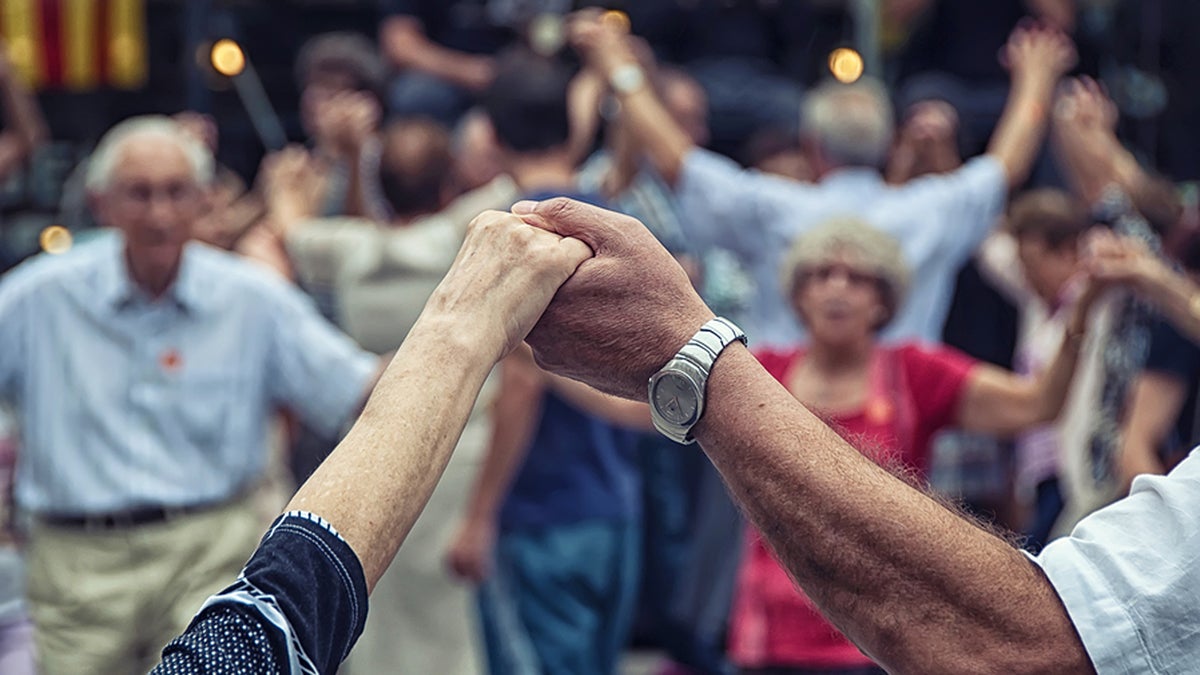Dancing can help sharpen memory for seniors

(Madrugada Verde/Bigstock)
When it comes to retaining memory, researchers believe dancing is a positive step, packing a host of benefits for seniors.
Now “Dance for Health: Active Body, Active Mind,” a partnership between the Penn Memory Center and the Ralston Center in Philadelphia, teaches seniors how to line dance in hopes of keeping minds sharp.
Sonja Battis has been dancing with the program since February. Since then, she said she’s become more health conscious and her memory has improved. And Battis, 68, said she likes the dance class more than her swimming class.
“My problem was I’d go upstairs to get something and get to the top of the steps and forget, and all kinds of crazy things like that,” she said. “That let me know that I needed to work on my memory.”
According to a recent study, older participants who danced saw a short-term improvement in the health of their brains’ white matter.
Dance and social engagement are proven interventions when it comes to maintaining a healthy brain, said Tigist Hailu, director of diversity in research and education at the Penn Memory Center.
The program is an offshoot of “Dance for Health,” an initiative founded and developed by Terri Lipman, a professor at Penn School of Nursing.
“The whole goal of ‘Dance for Health’ was to improve health through increasing activity,” Lipman said, noting that the program originally intended for children has grown in a variety of ways — there’s a kids’ program in schools and an intergenerational program as well.
Dancing helps seniors, she said, because of “the repetition of learning steps … that helps in retention of memory.”
Hailu said her organization and the Ralston Center wanted to offer an effective intervention to the African-American community in West Philadelphia because “older African-Americans are about twice as likely, compared with other populations, to be diagnosed with Alzheimer’s disease.”
Battis said the class is working for her because of two things — the complicated steps and all the fun.
“You want to be involved in the movement — moving up, moving back, side to side, step up, jump up,” she said. “And when you see a group of women and men, altogether, moving the same way, that’s memory.”
The first round of classes has wrapped up, but Battis said she intends to keep dancing.
WHYY is your source for fact-based, in-depth journalism and information. As a nonprofit organization, we rely on financial support from readers like you. Please give today.




